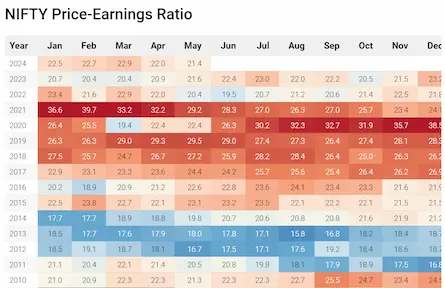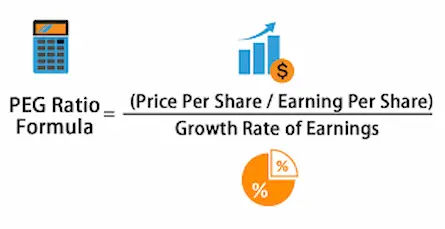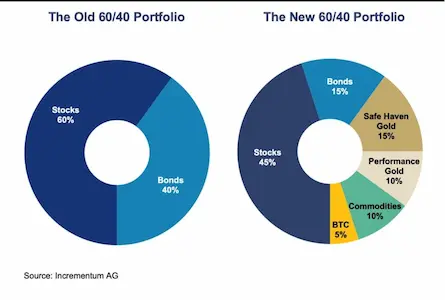
What criteria should you use to eliminate stocks when making a purchase decision?
- 8sapience
- Educational
- 20 Jun, 2024
What criteria should you use to eliminate stocks when making a purchase decision?
Evolving Your Stock Selection Strategy: A Deep Dive into Fundamental Criteria
In the realm of investment, selecting the right stocks is both an art and a science. It requires a blend of qualitative analysis and quantitative metrics to identify companies poised for growth and financial health. For many investors, defining clear criteria can streamline this process, ensuring that only the most promising opportunities make it into their portfolios.
Setting the Stage: Why Criteria Matter
Investing in stocks involves navigating a complex landscape of financial metrics, market dynamics, and economic trends. To simplify this complexity, establishing stringent criteria helps investors filter through myriad options, focusing on companies that meet specific benchmarks of performance and potential.
The Core Criteria: A Closer Look
Let’s delve into the fundamental criteria that can form the backbone of a robust stock selection strategy:
-
Revenue Growth Below 12%:
- The growth rate of a company’s revenue is a critical indicator of its market competitiveness and expansion prospects. A threshold of below 12% filters out companies experiencing slower growth relative to their peers, potentially signaling challenges in scaling operations or capturing market share.
-
Shares Outstanding < 2%:
- This metric assesses how well a company manages its capital structure and shareholder interests. A lower number of shares outstanding reflects management’s commitment to limiting dilution and maximizing shareholder value through prudent capital allocation practices.
-
Net Debt to FCF Below 5x:
- The ratio of net debt to free cash flow provides insights into a company’s financial health and leverage. A ratio below 5x indicates manageable debt levels relative to its ability to generate free cash flow, suggesting resilience in servicing debt obligations and funding future growth initiatives.
-
Free Cash Flow Growth Below 15%:
- Free cash flow growth measures the cash generated after accounting for capital expenditures, highlighting a company’s ability to fund dividends, reduce debt, or reinvest in its business. A growth rate below 15% may indicate slower expansion of cash-generating capabilities or constraints on reinvestment opportunities.
-
Return on Invested Capital Below 15%:
- ROIC assesses how effectively a company generates returns from its invested capital. A threshold below 15% suggests that the company may not be efficiently deploying its capital to generate profitable returns, potentially signaling inefficiencies in its operations or capital allocation strategies.
-
Earnings Per Share Growth Below 15%:
- EPS growth is a cornerstone of profitability and shareholder value creation. Growth below 15% could imply challenges in expanding profitability or scaling operations effectively, influencing investor perceptions of future earnings potential and overall company performance.
Adapting to Change: Flexibility in Criteria
While these criteria provide a structured approach to stock selection, it’s essential to adapt them to evolving market conditions and industry dynamics. Economic shifts, technological advancements, regulatory changes, and global events can impact company performance and the relevance of these metrics over time.
The Broader Picture: Beyond Numbers
While quantitative metrics form the foundation of stock selection criteria, qualitative factors such as industry trends, competitive positioning, management quality, and market sentiment play equally crucial roles. Integrating both quantitative rigor and qualitative insights enables a holistic assessment of investment opportunities, mitigating risks and maximizing potential returns.
Conclusion: Navigating the Investment Landscape
In an ever-changing investment landscape, refining and applying clear criteria for stock selection empowers investors to make informed decisions aligned with their financial goals and risk tolerance. By focusing on fundamental metrics like revenue growth, debt management, cash flow dynamics, and profitability metrics, investors can navigate volatility and uncertainty with confidence, positioning themselves for long-term success in the dynamic world of investing.
Remember, the journey of selecting stocks is not just about finding numbers that fit predefined criteria but understanding the stories behind those numbers—the strategies, the innovations, and the resilience of the companies driving them forward.






